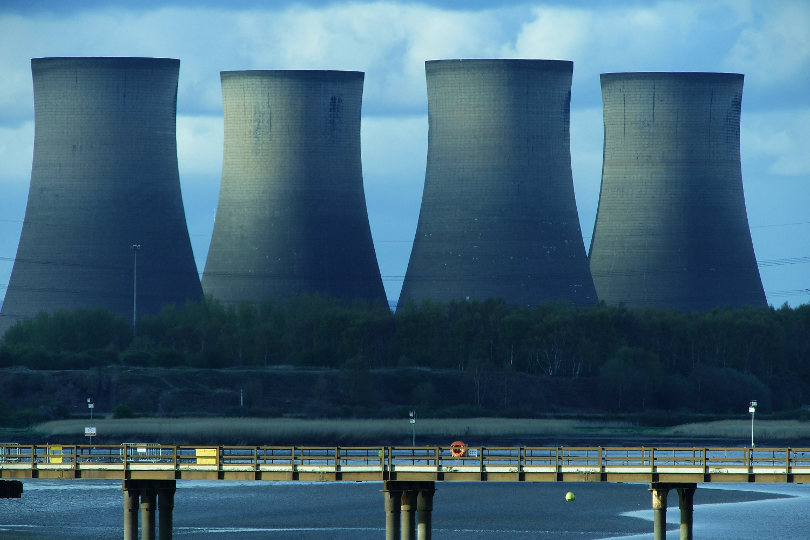A cooling tower is an important structure that industries need to remove heat from equipment. An industrial cooling tower uses water evaporation to remove the excess heat and is thus essential in factories, refineries, power plants, and other facilities that use HVAC.
The objective of installing an industrial cooling tower is to keep the equipment and facilities cool.

Cooling Tower parts
There are many keys parts in the cooling tower that ensures it works effectively. It is important to know about these parts before understanding how the cooling tower works. The Industrial Cooling Solutions’ cooling tower parts are typically consisting of the following:
- The Fill: This is the heat transfer area. There are two types here – splash and film fill. Splash fills disintegrate hot water and splits the water. Film fills create a thin vertical film to help the heat transfer.
- Drift eliminator: The drift eliminator helps to reduce drift loss.
- Coldwater basin: Made usually of RCC, it collects cold water from the tower and stores it. It acts as the foundation for the main structure.
- Piping: The water piping is usually underground or supported in the ground.
- Fan deck and fan cylinder: It acts as an access way for the fan.
- Louvers: They retain circulating water and distribute airflow to the fill.
- Distribution fan valves: They regulate the flow of hot water evenly.
- Fan motor: The motor for the fan is usually explosion-proof.
How does the cooling tower work?
The basic concept behind the working of the cooling tower is that hot water goes in and cool water comes out. The heat transfer method used decides how the tower actually works. The most common type of industrial cooling tower is the wet cooling tower.
This is how the wet cooling tower works:
- Hot water from the equipment or the HVAC system is moved to the cooling tower.
- The hot water is sprayed into the spill area. Some of it evaporates while the rest go into a basin. This reduces the temperature of the cooling tower.
- A natural draft or forced draft or induced draft helps to circulate air throughout the cooling tower. This helps to cool the tower that has not evaporated.
- The cooled water then collects at the bottom of the tower. From here, it is recirculated into the industrial equipment or the HVAC system.
- The heat reduction happens through evaporative cooling. When the hot water evaporates it is dispersed into the atmosphere. This helps in reducing the water temperature.
- When air flows through the cooling tower, the water is blown out causing water loss due to drift.
- The water loss due to evaporation and drift needs to be made up. This is done by a steady supply of freshwater.
One more type of tower is the closed-circuit cooling tower. It keeps the water from the equipment/HVAC in a tube. The tube is then sprayed with cold water and a fan is used for heat transfer.







